The McBarge: A Failed Floating McDonald’s That Wants a Second Chance
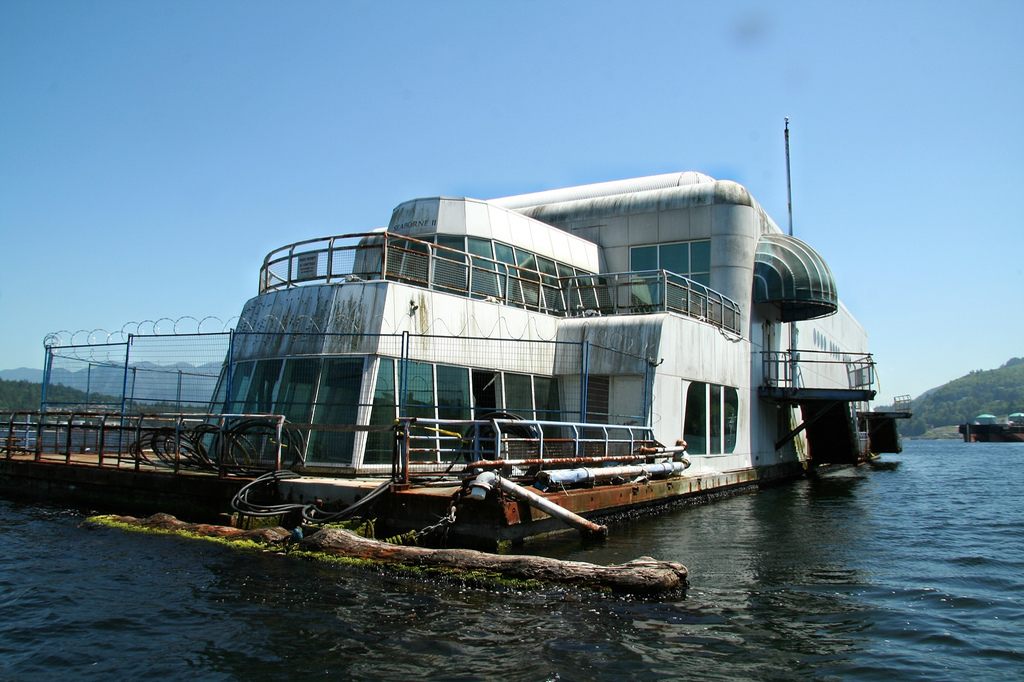 The McBarge from Expo 86 in 2006 (photograph by Taz/Flickr)
The McBarge from Expo 86 in 2006 (photograph by Taz/Flickr)
Before the 2010 Winter Olympics, Expo ‘86 was the biggest event Vancouver, British Columbia, had ever produced. Held to celebrate the city’s centennial, this world’s fair is often credited as launching Vancouver into a major tourist destination. And while several stadiums and other buildings built for the event have served the city’s civic life well enough in the years since (the SkyTrain and BC Place, for example), one rusting relic sits forlornly in a nearby inlet, despite ongoing attempts to save it.
The “McBarge,” as it has been lovingly nicknamed, was built as either the world’s first or second floating McDonald’s (another was in St. Louis, and accounts differ). Officially named the Friendship 500, its construction was part of a strategic attempt by McDonald’s to appeal to class-conscious Yuppie consumers who began increasingly rejecting chain restaurants during the 1980s. The reportedly $8 million construction (one of five McDonald’s on the Expo site) featured a futuristic exterior and an interior with wooden floors, potted plants, wine-colored accents, and panoramic views of the Expo grounds.
 The McBarge at Expo 86 (via Now I Know)
The McBarge at Expo 86 (via Now I Know)

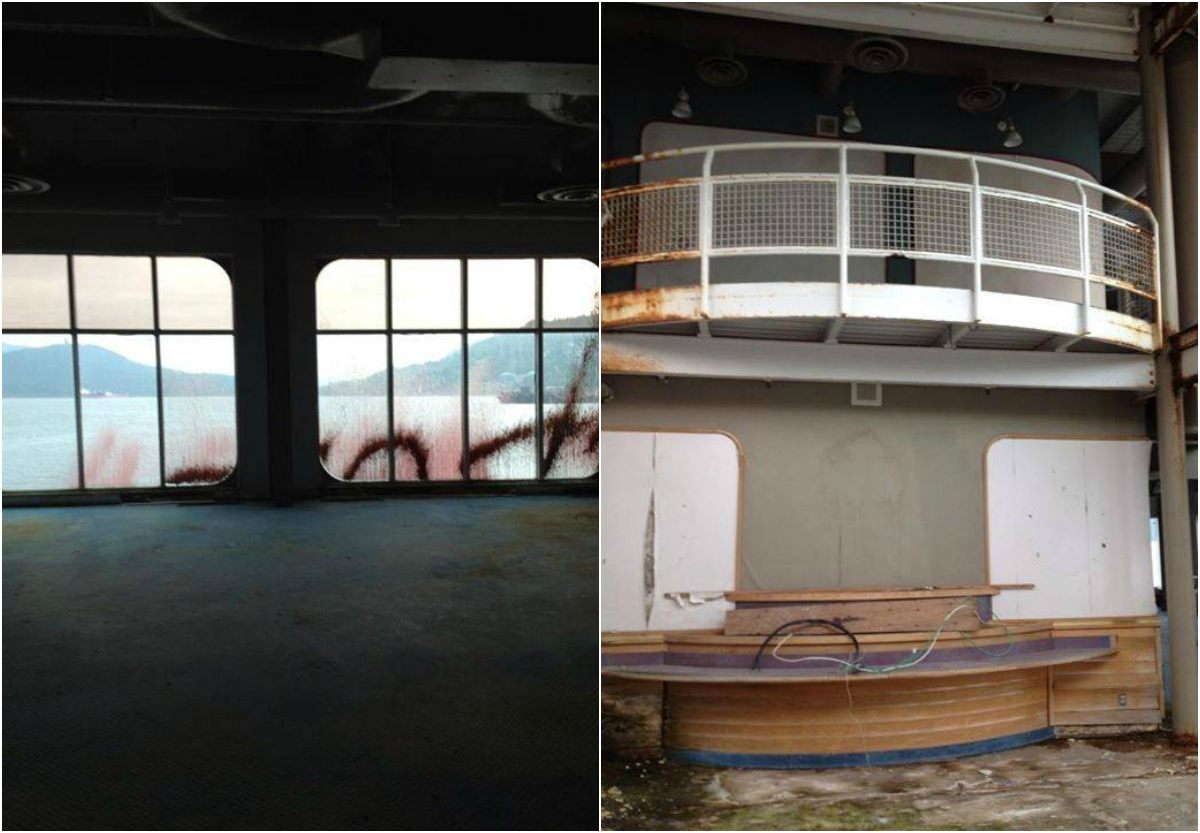 Inside the abandoned McBarge (photograph by Anna Rematore)
Inside the abandoned McBarge (photograph by Anna Rematore)
Unlike other McDonald’s around town, the kitchen was well-hidden, and the food delivered to a front counter via conveyer belt. By all reports, the restaurant was a success: while it didn’t exactly make McDonald’s seem elegant, patrons enjoyed eating their burgers and fries on the water and watching the Expo unfold onshore. There was even a little boat called the Tidy Tug that went around collecting the plastic wrappers and cups frequently tossed into the water.
The Friendship 500 was meant to be portable, and McDonald’s hoped to locate another site for it once the six-month Expo ended. But efforts to find a more permanent location failed, and in 1991, the new owners of the Expo site where the barge was moored asked the company to tow it elsewhere. The Friendship 500 was moved near an oil refinery in Burrard Inlet, and more or less forgotten about for at least a decade.
It was rediscovered in the early aughts, perhaps thanks in part to its use a filming location for Blade: Trinity. Developer Howard Meakin and his wife Kathy bought the boat in early 2010, and have submitted a proposal to the Mission, British Columbia, city council for a waterfront development that would use a refurbished McBarge as the centerpiece. The plan is to create a destination restaurant complex called Sturgeon’s on the River, complete with several restaurants, a marina, and a seaplane terminal. According to discussions on the Sturgeon’s on the Fraser Facebook group (formerly called “Save the McBarge”), the plan has local support, but is currently mired in bureaucratic red tape.
Meanwhile, the McBarge is a sorry memory of its former self these days. It’s vandalized and graffitied, its walls and carpets transformed from sparkling Yuppie playhouse into a colorful constellation of rust, moss, and bird poop. Saving it will take a concentration of money, time, and cleaning chemicals, but Vancouver has been known to display a certain fondness for relics of the Expo, an event that was so important in making the city what it is today.
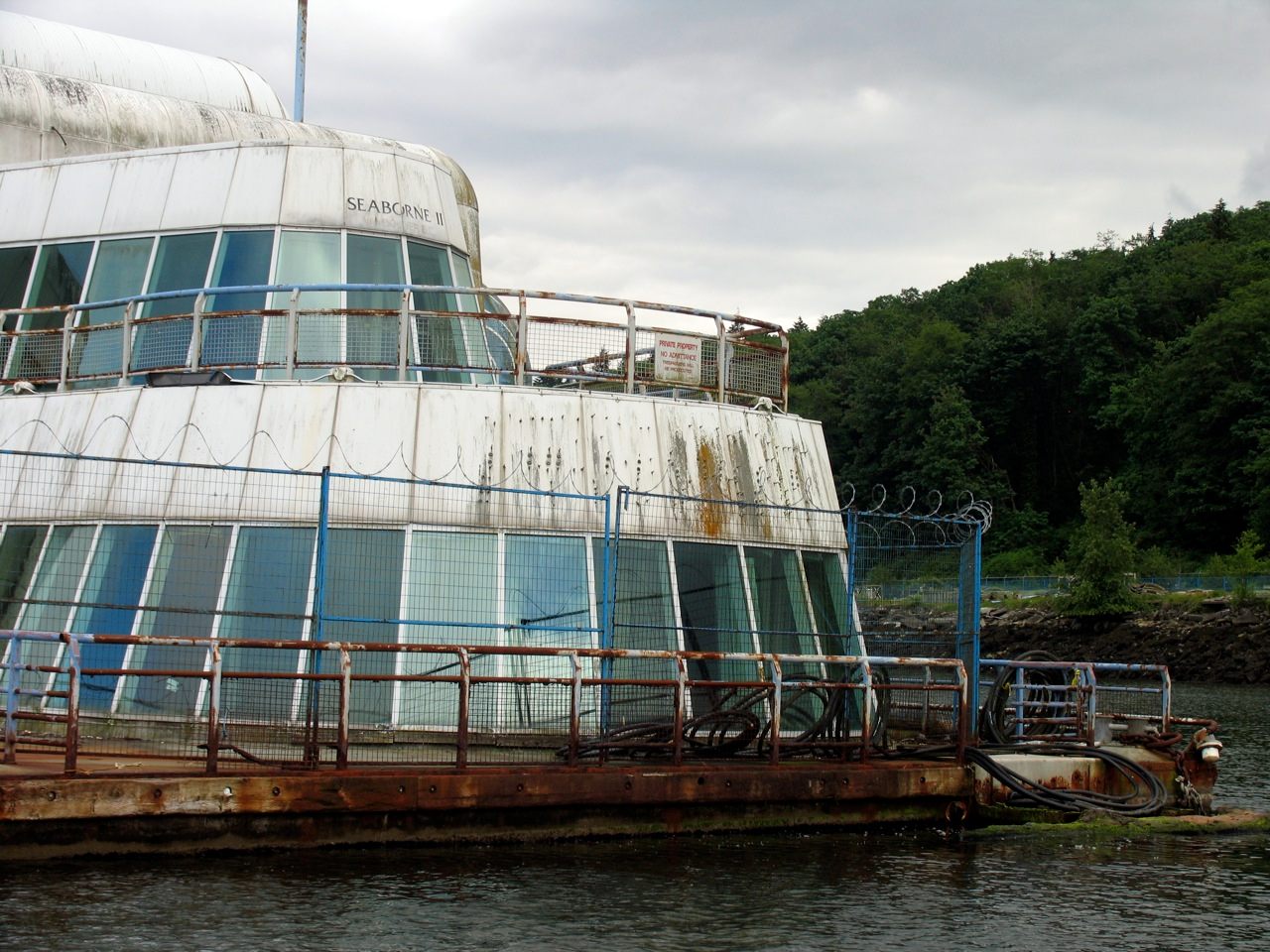 McBarge in 2008 (photograph by Ashley Fisher/Flickr)
McBarge in 2008 (photograph by Ashley Fisher/Flickr)
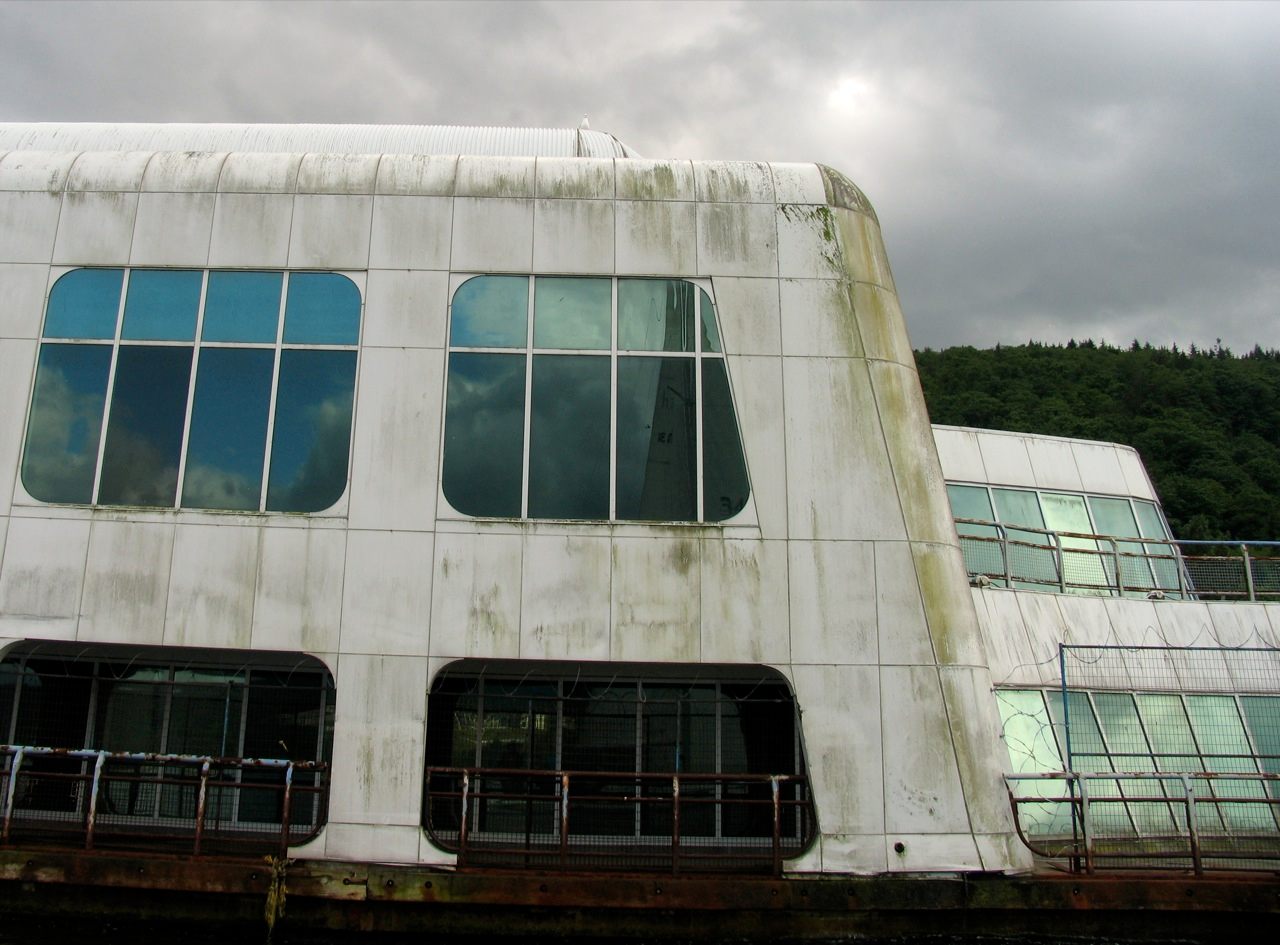 McBarge in 2008 (photograph by Ashley Fisher/Flickr)
McBarge in 2008 (photograph by Ashley Fisher/Flickr)
 Inside the abandoned McBarge (photograph by Anna Rematore)
Inside the abandoned McBarge (photograph by Anna Rematore)
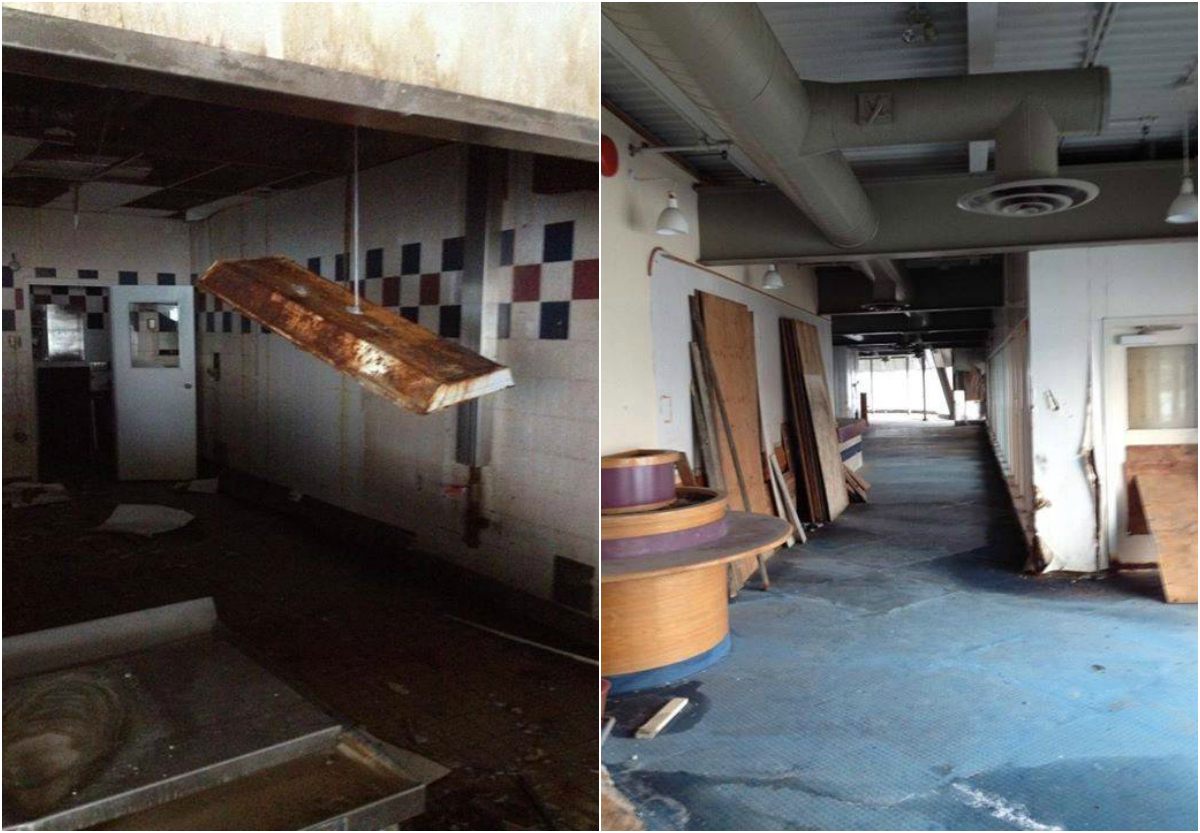 Inside the abandoned McBarge (photograph by Anna Rematore)
Inside the abandoned McBarge (photograph by Anna Rematore)
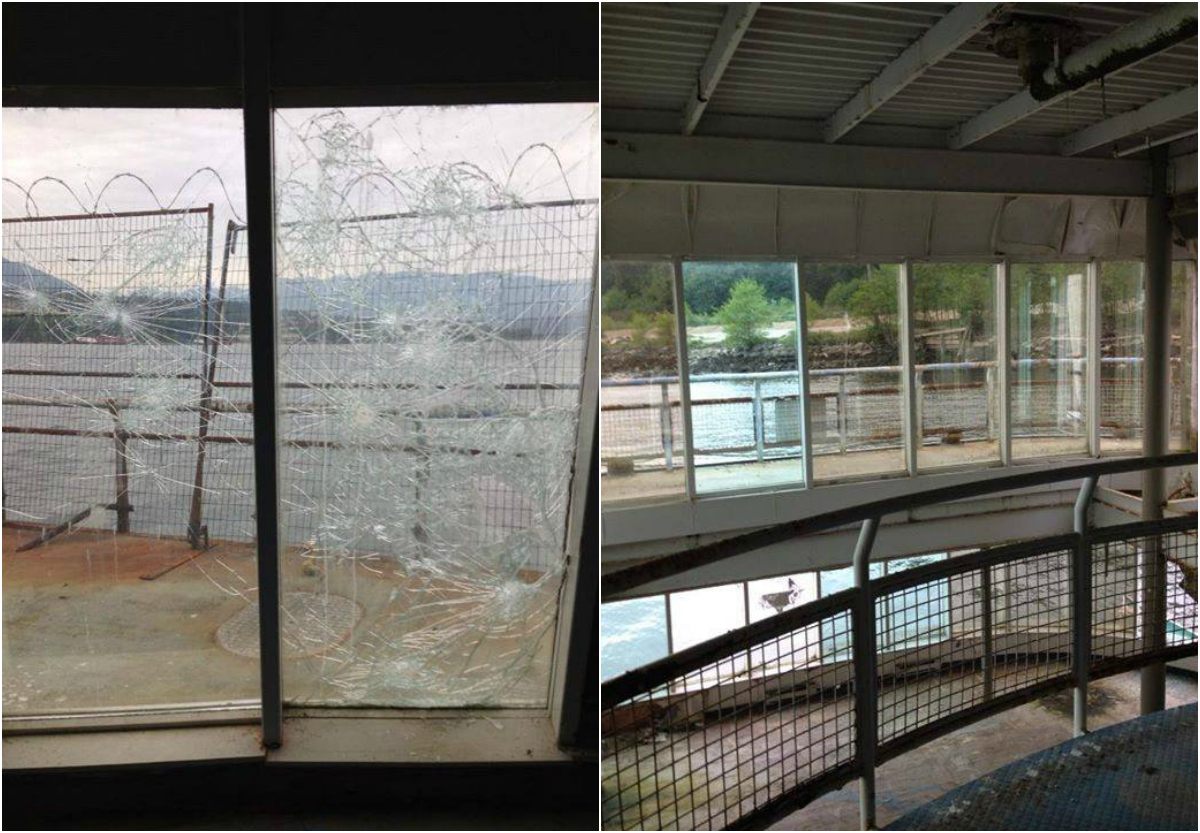 Inside the abandoned McBarge (photograph by Anna Rematore)
Inside the abandoned McBarge (photograph by Anna Rematore)
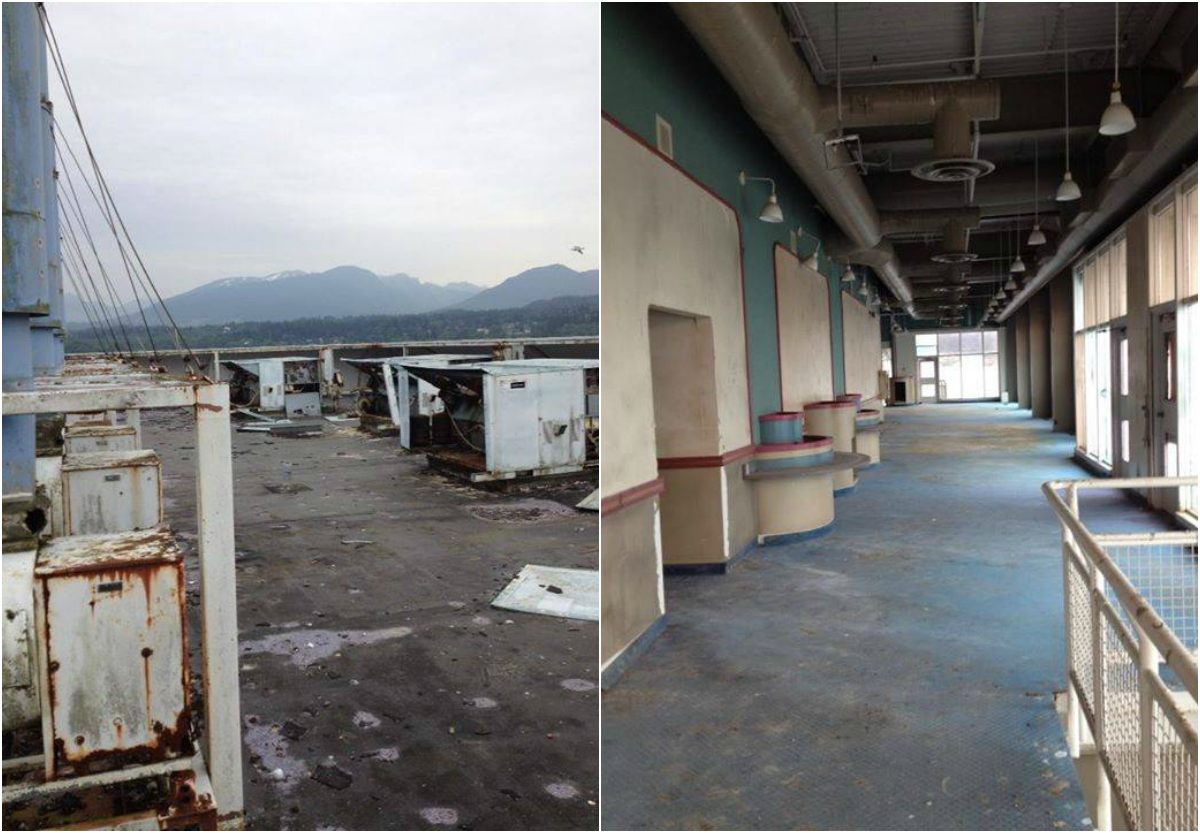
Inside the abandoned McBarge (photograph by Anna Rematore)
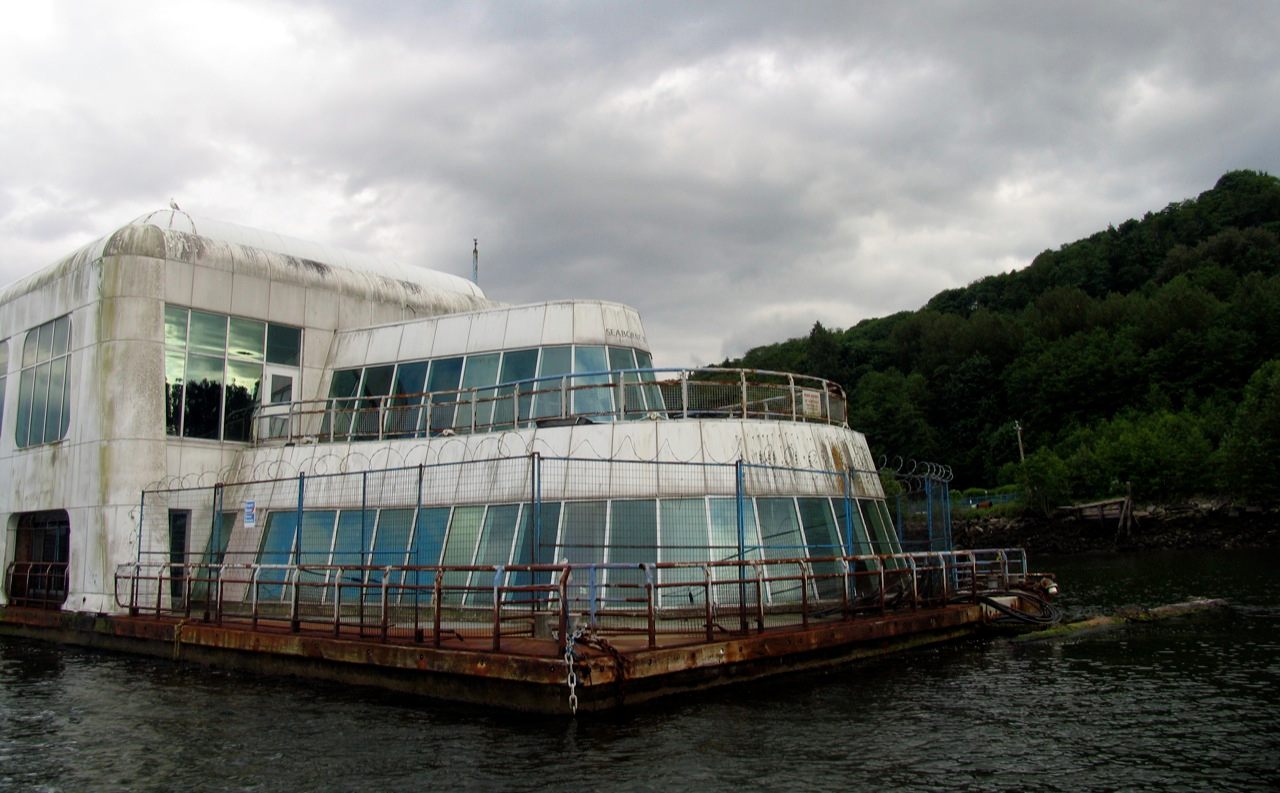 McBarge in 2008 (photograph by Ashley Fisher/Flickr)
McBarge in 2008 (photograph by Ashley Fisher/Flickr)













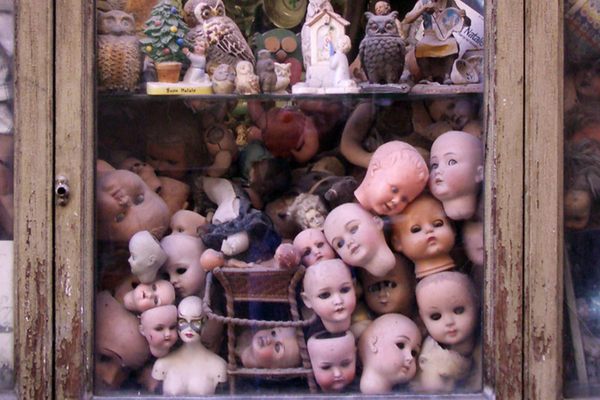









Follow us on Twitter to get the latest on the world's hidden wonders.
Like us on Facebook to get the latest on the world's hidden wonders.
Follow us on Twitter Like us on Facebook